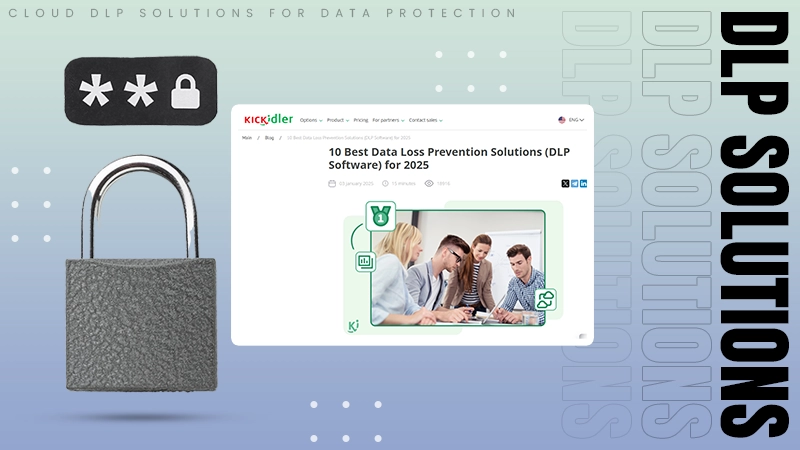The dairy farming industry has seen significant technological advancements in recent years, leading to improved efficiency, productivity, and sustainability. As global demand for dairy products continues to rise, innovative solutions are helping farmers meet this challenge. This blog explores the top three tech trends revolutionizing dairy farming today.
Automated Milking Systems
Automated milking systems (AMS), also known as robotic milking machines, have transformed the dairy farming landscape. These systems allow cows to be milked without direct human intervention, offering several benefits:
Automated milking systems can milk cows multiple times a day, optimizing milk production and ensuring that cows are milked at the best times. Traditional milking practices often involve set schedules that may not align perfectly with each cow’s natural milking cycle. AMS adapts to individual cows’ needs, allowing for more frequent and efficient milking sessions.
By reducing the need for manual milking, farmers can allocate labor resources to other critical tasks on the farm. This is particularly beneficial for small and medium-sized farms that may struggle with labor shortages. The automation of milking tasks frees up time for farmers to focus on herd health, feeding, and other essential operations.
The gentle and consistent milking process reduces stress on cows, leading to better health and higher milk yields. Automated systems are designed to provide a more comfortable experience for the cows, which can lead to fewer injuries and infections. Additionally, the continuous monitoring of cow health ensures early detection and treatment of potential issues.
These systems also come with advanced monitoring tools that track each cow’s health and milk production, providing valuable data to improve overall herd management. Farmers can access real-time data on milk quality, cow behavior, and overall herd performance, enabling them to make informed decisions and optimize farm operations.
Precision Farming Technologies
Precision farming technologies are making dairy farming more efficient and sustainable. These technologies use data and analytics to optimize every aspect of farm management, including:
Sensors and software can analyze soil and crop health, ensuring that cows receive the best possible feed. This results in healthier cows and higher-quality milk. By tailoring the nutrient content of feed based on individual cow requirements, precision farming helps maximize milk production while minimizing feed costs.
Precision farming tools help monitor and reduce the environmental impact of dairy farming. For example, they can manage manure application to minimize nitrogen runoff into waterways. This not only protects local ecosystems but also helps farms comply with environmental regulations. Technologies such as automated manure management systems and nutrient mapping tools are instrumental in achieving sustainable practices.
Automated feeding systems ensure that cows receive the correct amount of feed based on their individual needs, improving milk production and reducing waste. These systems use sensors and data analytics to adjust feed rations dynamically, optimizing feed utilization and reducing overfeeding. This leads to cost savings and minimizes the environmental footprint of dairy farming.
The integration of precision farming technologies not only enhances productivity but also supports sustainable practices that benefit both the environment and the farm’s bottom line. By leveraging data-driven insights, farmers can implement more precise and efficient farming practices, ultimately leading to a more sustainable and profitable operation.
Advanced Dairy Processing Equipment
The post-harvest stage of dairy farming has also seen significant technological advancements. Innovations in dairy processing equipment are crucial for producing high-quality dairy products. Two notable examples are butter processing machines and commercial bread slicing machines, which have improved the efficiency and quality of dairy product manufacturing.
Modern butter processing machines have automated many aspects of butter production, from churning to packaging. These machines ensure consistency in texture and flavor while significantly reducing production time and labor costs. Advanced butter processing machines come equipped with precision control systems that maintain optimal temperatures and churning speeds, resulting in high-quality butter with uniform consistency. Additionally, automated packaging systems enhance product shelf life and reduce the risk of contamination.
Although primarily associated with bakeries, commercial bread slicing machines are vital in dairy farms that produce bread and other baked goods as part of their product lineup. These machines provide uniform slices, enhancing product presentation and customer satisfaction. The integration of commercial bread slicing machines into dairy processing facilities enables farms to diversify their product offerings and cater to a broader market. By ensuring consistent and high-quality slices, these machines contribute to the overall appeal and marketability of dairy-based baked goods.
By investing in advanced processing equipment, dairy farms can diversify their product offerings, improve quality control, and increase their market competitiveness. These technological innovations streamline the production process, reduce labor costs, and enhance the overall efficiency of dairy operations. Furthermore, advanced processing equipment enables dairy farms to maintain high standards of hygiene and quality, ensuring that consumers receive safe and nutritious dairy products.
Conclusion
The integration of automated milking systems, precision farming technologies, and advanced dairy processing equipment marks a new era in dairy farming. These technological advancements not only boost efficiency and productivity but also promote sustainable practices and enhance product quality. As the dairy industry continues to evolve, embracing these trends will be crucial for farmers looking to stay competitive and meet the growing global demand for dairy products.
Technological innovation is indeed the key to unlocking the full potential of dairy farming, ensuring a prosperous future for farmers and a steady supply of high-quality dairy products for consumers worldwide. By staying at the forefront of these advancements, dairy farmers can create a more sustainable, efficient, and profitable industry. The future of dairy farming is bright, and these top tech trends are paving the way for continued growth and success in this essential agricultural sector.





